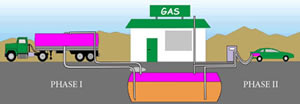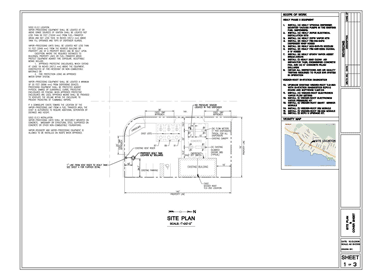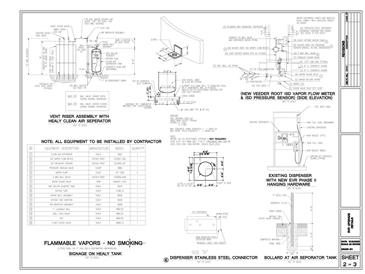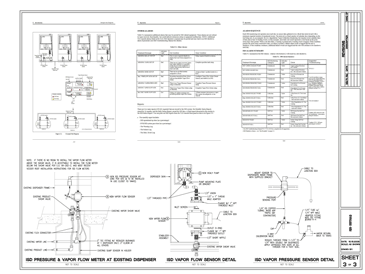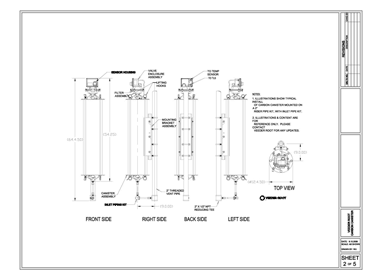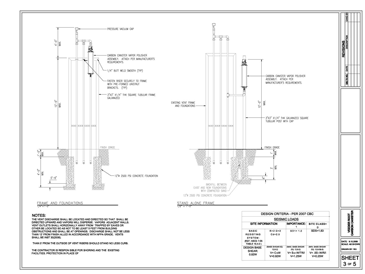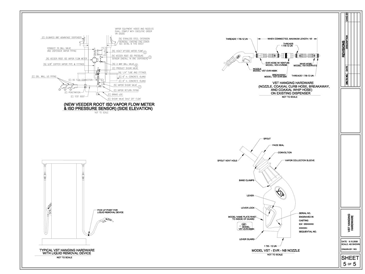 |
 |
|
 |
|
 |
|
 |
|||||||||||
|
Compliance Assistance for Gasoline Dispensing Facilities Enhanced Vapor Recovery is required for gasoline dispensing facilities with underground storage tanks that are already required to have a vapor recovery system. Air districts that are in
attainment with the state ozone standard are exempt from
most EVR requirements. Air districts that have recently been
designated as non-attainment areas, may have different EVR
deadlines. Local EVR requirements can be found here EVR Phase II Vapor Recovery EVR Phase II is required now for new installations or existing facilities that undergo a "major modification". Otherwise, the final EVR PHASE II compliance deadline is APRIL 1, 2009. CPB works closely with certified contractors upgrading gas stations within South Cost, Antelope Valley, and San Diego AQMD jurisdiction. CPB will provide site survey, engineering drawings and due diligence required to expedite the application process with all agencies including AQMD. The following is a simple compliace guide to help contractors and gas station owner as described by the California Air Resouces Board (www.evrhome.org) Enhanced Vapor Recovery is required for gasoline dispensing facilities with
underground storage tanks that are already required to have a vapor
recovery system. The deadline to comply with EVR requirements is April 1,
2009. There are Four Steps that your station will need to complete in order to meet
the EVR compliance requirement. Step 1 - Evaluation Phase The steps below are normally conducted by the station owner.
Operators of franchise stations may be directed to use a company
contractor for these activities. 1. Read the EVR Phase II Executive Orders http://www.arb.ca.gov/vapor/eo-evrphaseII.htm, and Advisories http://www.arb.ca.gov/vapor/advisories/advisories.htm 2. Contact your local AQMD to determine EVR compliance
requirements. 3. Conduct site anaylsis. Look at what you have, what you need,
and determine EVR upgrade that is right for you. You may wish to
consult a certified contractor Step 2 - Permit Phase Consider enlisting services to complete the permitting process such as a
Permit Expeditor. Some contractors have designated staff to coordinate and
complete the permit application process. Architects and engineers can also assist in the permit application process.
Other sign-offs may include:
Step 3 - Installation Phase The following certified installation contractors lists are available:
Step 4 ・Start-Up/ Testing/ Inspection Phase Estimated Time - 2 weeks It is likely that for each permit that is obtained, a final inspection/sign-off will be required. In many cases, there is a proper sequence to the permit sign-offs. Please check with the local agencies in order to coordinate. << Top >>
|
|
|||||||||||||||||
| |
|
|
|
|
|
|
|
|
||||||||||
